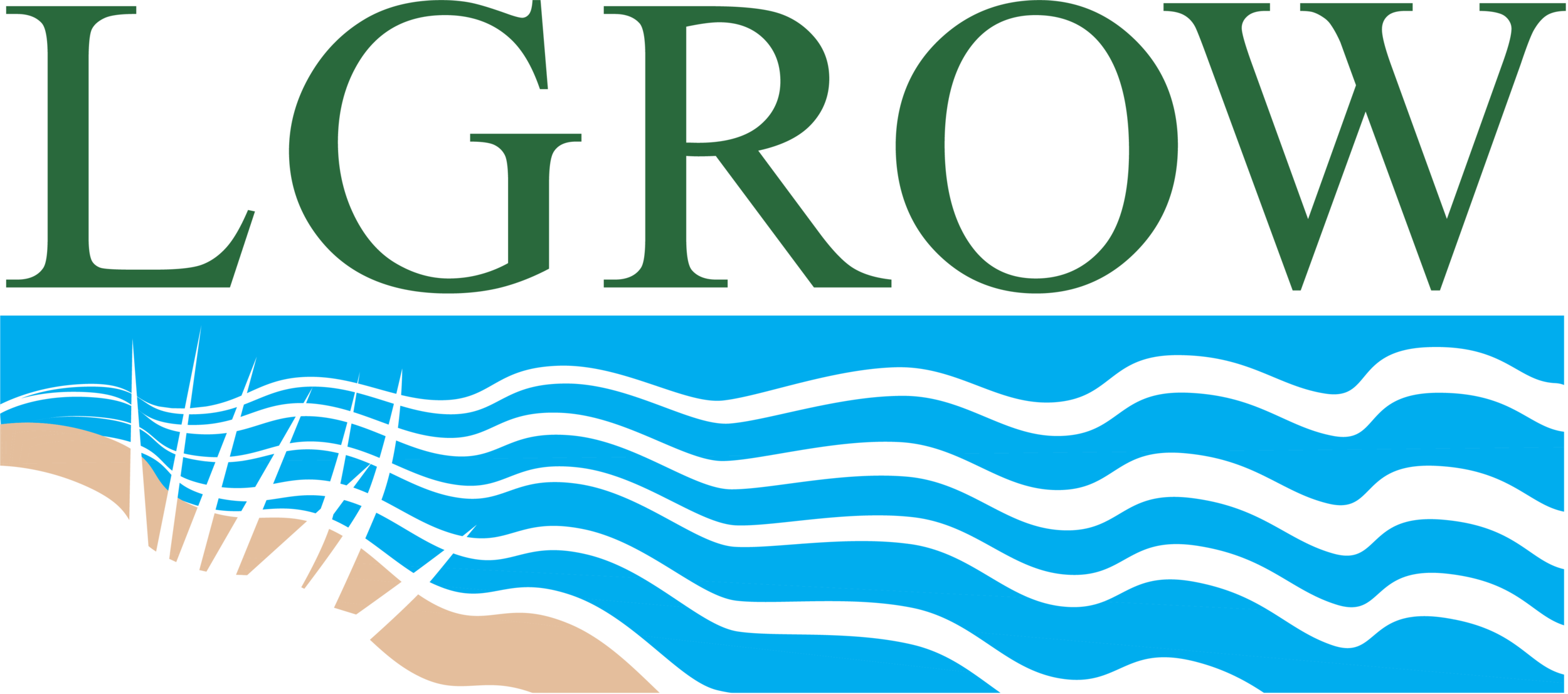April is Community Science Month!
April is Community Science Month!
Community science is scientific research conducted in part or in full by community members, often in collaboration with professional scientists. It's an extremely important tool in the scientist's toolbox, as it allows organizations to collect more data from more locations than they could do on their own. It also provides a powerful way to raise awareness of and encourage public participation in scientific issues. While it's also commonly called Citizen Science, LGROW is choosing to use the more inclusive term, Community Science, to highlight the fact that this science is accessible to and done for all members of our community, regardless of citizenship status.
If you're interested in participating in scientific research that can help our watershed, here are some of the opportunities that we and our partners currently provide. Watch the LGROW Facebook and social media pages all month long for weekly posts for opportunities to get involved in these programs as well as new opportunities. See below for how you can start getting involved and contribute right now! You can also check out www.lgrow.org/community-science
Invasive Species Watch
Watch out for invasive plant species this spring and report them using the Midwest Invasive Species Information Network (MISIN) online reporting tool or download the MISIN smartphone app.
Stream Monitoring
Check out our recent blog post on macroinvertebrate sampling to learn how you can assess the health of local streams unmitigated! Once you've collected your data, submit your results to the LGROW Data Repository. Are you a high school teacher looking to involve your students in this as a class project? Contact us to learn about become part of our new high school water monitoring project, the Blue Crew!
Lake Monitoring
If you live on or near a local lake, join the MiCorps Cooperative Lakes Monitoring Program to learn how you can collect data on your lake's water quality. Register here for their volunteer training on April 29!
Adopt a Drain
There are more than 50,000 storm drains in our watershed, all of which drain to our local lakes, ponds, rivers and streams. By pledging to keep your drain free of leaves and debris, you are joining your neighbors in helping to protect the environment, manage stormwater, and minimize flooding. You can adopt a drain today at https://www.lgrow.org/adopt-a-drain.
Project FrogWatch
Join the John Ball Zoo to learn the importance of amphibians, how to identify frog species by their calls and how to observe and report frogs in your area. For more information please visit https://www.jbzoo.org/frogwatch
Grand River Restoration Photo Monitoring
You can help document the transformation of the river as Grand Rapids WhiteWater’s efforts in restoring the river come closer to fruition. The monitoring stations have brackets on which to place your phone, and are positioned to capture the wave features that will be installed. Your pictures can be posted with #PhotoMonitorGRR or emailed to info@LGROW.org to be included in a gallery on LGROW’s River Restoration page.
Monarch Observations
You can report your monarch observations to Journey North. Observations include adult monarchs, monarch eggs and monarch larvae. Review their What to Report page here and check out their Instructional Flyer as well.
Grand River Angler Counts
The Grand Rapids Public Museum, Encompass Consulting, and LGROW are conducting an angler count project, which helps us understand who uses the river how before, during, and after the rapids restoration project. Angler counters will document the number of anglers in a 2 mile section of the Grand River from Leonard Street to Fulton Street. There will be a training for this program on May 6 at 6pm. Visit GRPM’s Citizen Science page here to sign up.




